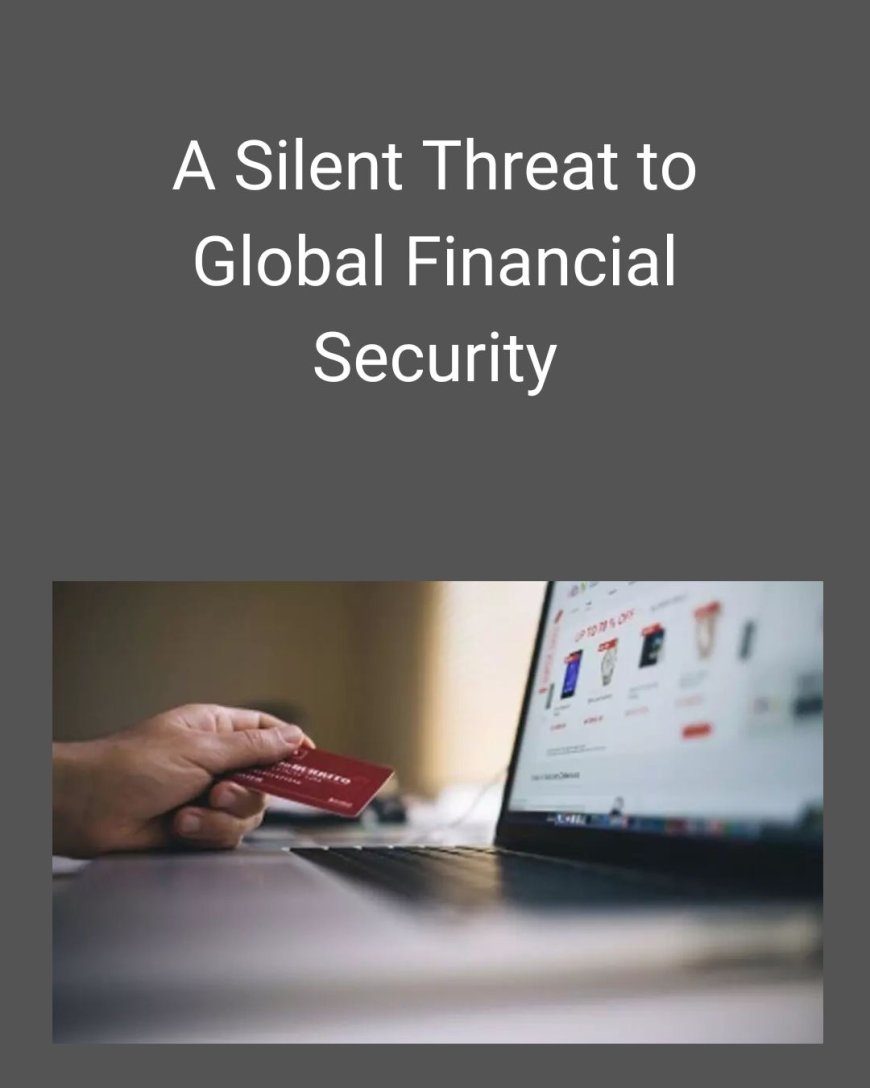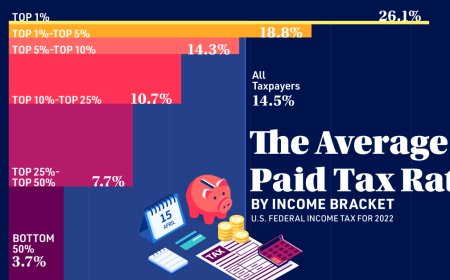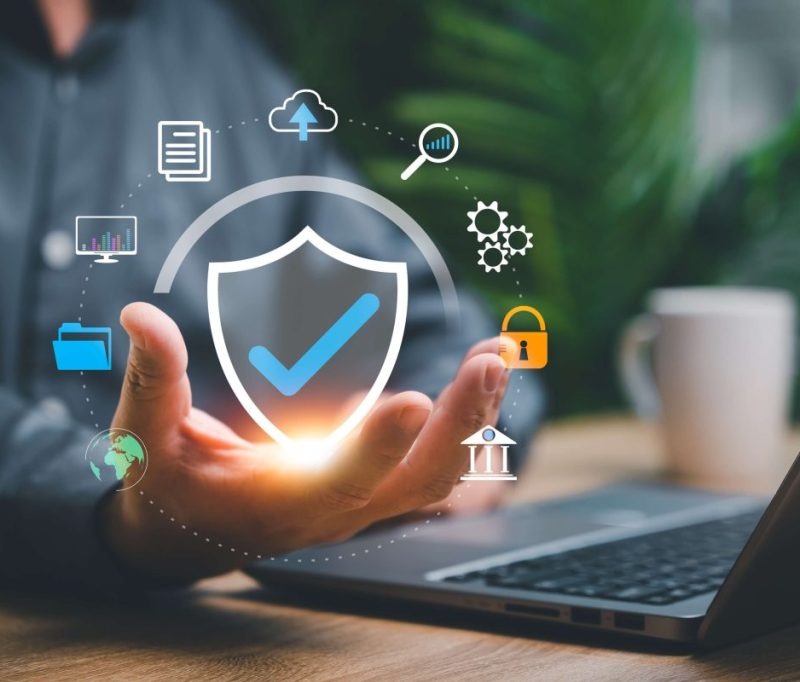Briansclub Exposed: A Silent Threat to Global Financial Security
Discover how BriansClub operated in secrecy, sold millions of stolen cards, and what its downfall means for the future of online fraud and financial safety.

Introduction: The Silent Rise of Briansclub
In the hidden corners of the internet, one platform quietly fueled a financial crime wave across the worldbriansclub. Known as one of the most prolific dark web marketplaces, BriansClub dealt in stolen credit and debit card data with remarkable scale and secrecy.
Before its exposure in 2019, few had heard of it. Afterward, it became a symbol of how vulnerable our digital financial systems truly are. This article delves into how briansclub operated, why it succeeded, and what lessons we can learn from its downfall.
How Briansclub Operated Below the Surface
BriansClub was structured like a digital supermarket for criminals. The site offered an intuitive layout where users could shop for stolen payment card details using filters such as
-
Country of origin
-
Card type and issuer bank
-
Card verification data (CVV)
-
Expiry dates and card status
Users paid with Bitcoin or other cryptocurrencies, maintaining anonymity while purchasing data in bulk. Sellers were often hackers who uploaded new batches of card data harvested from various attacksmostly unnoticed by the victims.
The Technical Infrastructure Behind Its Success
Unlike other underground forums that were chaotic or hard to navigate, briansclub mirrored the efficiency of a tech startup. Its success relied on
-
An encrypted dark web portal accessed via Tor
-
A fully automated order system
-
Cryptocurrency wallets integrated for seamless payments
-
Real-time inventory updates for fresh data dumps
The professionalism of its infrastructure enabled the platform to serve thousands of users from around the worldwithout ever revealing the identity of its operators.
Where Did the Stolen Card Data Come From?
The credit and debit card data sold on briansclub wasnt stolen by one groupit was a collection of sources feeding into the platform. These included:
-
Data breaches from large retailers and online merchants
-
Point-of-sale malware that captured swipe data at checkout terminals
-
ATM skimming devices installed on cash machines
-
Phishing campaigns targeting online shoppers and employees
Once harvested, this data was packaged and sold to fraudsters who used it for purchases, card cloning, or further resale.
The 2019 Leak: What Happened?
In a twist of fate, briansclub was exposed in 2019 when a massive internal database of the site was leaked. The breach included
-
Over 26 million stolen credit and debit card entries
-
Vendor transaction histories
-
Platform account usernames
-
Logs of user purchases and balances
The leak was provided to cybersecurity journalist Brian Krebs, who analyzed the data and reported on the scale of the operation. Ironically, the site was reportedly named after him, mocking his consistent efforts to report on cybercrime.
Global Fallout After the Exposure
The aftermath was swift. Financial institutions across the world took action, including
-
Canceling and reissuing cards
-
Notifying affected customers
-
Enhancing fraud detection systems
-
Cooperating with international law enforcement
The event also accelerated dark web monitoring technologies, prompting a greater push toward early breach detection across industries.
What Made Briansclub So Difficult to Dismantle?
Despite being exposed, briansclub was never officially taken down by law enforcement. Why? A few key reasons:
-
Operators used layered proxy servers and decentralized hosting
-
Cryptocurrency usage limited financial tracing
-
Accounts and credentials were disposable
-
The site operated across multiple mirrors to avoid detection
This structure allowed the operators to fade away without a trace, and some even speculate that fragments of briansclub live on in other carding platforms today.
Tips for Individuals to Stay Safe
Though the site may be gone, the risks remain. Heres how you can protect yourself from falling victim to platforms like BriansClub:
-
Never reuse the same password across platforms
-
Regularly monitor your bank and card statements
-
Use two-factor authentication (2FA) where possible
-
Avoid entering card details on untrusted websites
-
Use virtual or prepaid cards for online transactions
These simple steps can prevent your information from ending up in criminal marketplaces.
Business-Level Protection: What Can Companies Do?
Many of the compromised cards in briansclub came from security failures at the business level. Heres what companies can do to protect themselves and their customers:
-
Encrypt sensitive data across all storage and transmission points
-
Conduct regular vulnerability assessments and audits
-
Train employees on social engineering and phishing detection
-
Monitor for abnormal system activity
-
Develop a rapid incident response protocol
Ignoring cybersecurity is no longer an optionits a financial liability.
Is Carding Still a Threat After BriansClub?
Yes. While BriansClub was a major player, other platforms have taken its place. Many now operate in more secure, invite-only environments using encrypted messaging apps and blockchain hosting.
However, thanks to the lessons from the BriansClub leak, law enforcement and cybersecurity experts are better prepared to track and counter these threats than ever before.
Final Words: Why Briansclubs Story Still Matters
Briansclub wasn't just a marketplaceit was a revelation. It exposed how fragile our online financial security can be when exposed to organized cybercrime. Its exposure served as a wake-up call for governments, financial institutions, businesses, and consumers.
The most important takeaway? Whether you're a global bank or a single cardholder, cybersecurity starts with awareness and action. Platforms like BriansClub are proof that digital crime isnt just happeningits evolving. And so must our defenses.






































